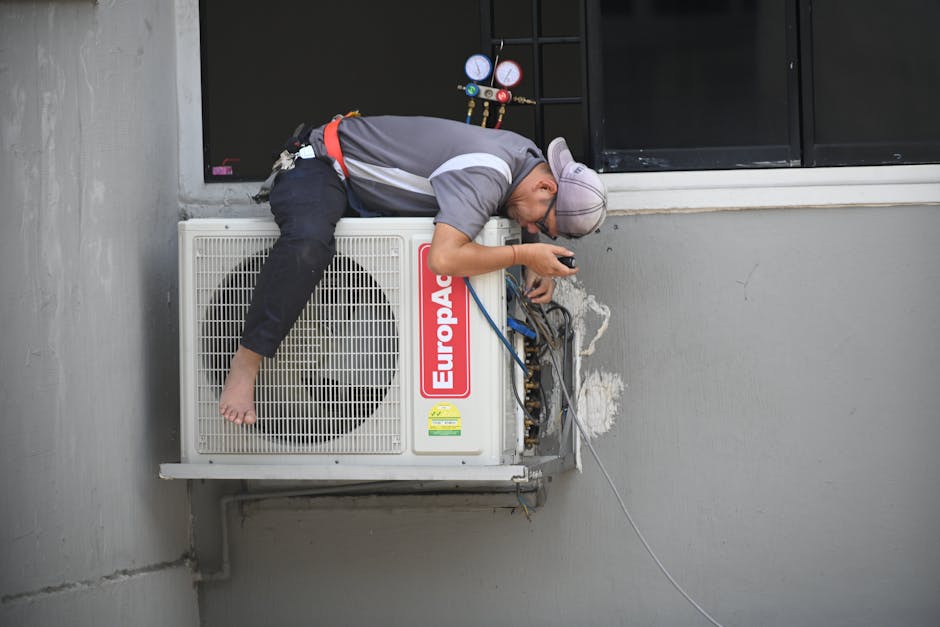Podstawy projektowania systemów grzewczych
Podstawy projektowania systemów grzewczych
Blog Article

Effective heating system design is a crucial component in creating comfortable and energy-efficient living and working spaces. Whether considering a new installation or upgrading an existing system, understanding the principles of projektowanie systemów grzewczych can lead to significant benefits, including improved comfort, reduced energy costs, and enhanced sustainability. This article will explore the fundamental principles of heating system design, best practices for residential and commercial applications, and modern technologies that can facilitate the design process.
Podstawy projektowania systemów grzewczych
At the core of projektowanie systemów grzewczych are several fundamental principles that guide the design process. First, it is essential to understand the heating load of a building, which refers to the amount of heat energy required to maintain a comfortable indoor temperature. Accurate calculation of this load is paramount and involves analyzing factors such as building size, insulation levels, window types, and local climate conditions.
Another important aspect is the selection of appropriate heating sources. Various options are available, including boilers, heat pumps, and electric heaters, each with its own benefits and drawbacks. The choice will depend on factors such as energy efficiency, installation costs, fuel availability, and environmental impact.
Najlepsze praktyki w projektowaniu systemów grzewczych dla budynków mieszkalnych
When designing heating systems for residential buildings, several best practices can enhance efficiency and comfort. One key practice is to ensure that the heating system is properly sized for the space it serves. Oversized or undersized systems can lead to inefficiencies, increased energy consumption, and discomfort due to inadequate heating or excessive cycling.
It is also vital to consider zoning in residential heating design. Implementing zoning allows for specific temperature control in different areas of the home, accommodating varying heating needs and preferences. This can be achieved through the use of multiple thermostats and separate heating units for different zones.
Common mistakes in residential heating design include neglecting insulation and air sealing. A well-insulated and air-sealed home can significantly reduce heating demands, leading to lower energy costs and improved comfort. Prioritizing these elements during the design phase can enhance the overall performance of the heating system.
Nowoczesne technologie w systemach grzewczych
As the field of projektowanie nowoczesnych systemów grzewczych evolves, several technologies have emerged to assist in the design process. Advanced software tools can streamline load calculations, allowing designers to create more accurate models of heating needs. Additionally, simulation software can visualize how different heating systems will perform under various conditions, aiding in decision-making.
Smart thermostats and automated control systems are other significant advancements. These technologies enable users to monitor and control their heating systems remotely, leading to greater energy efficiency and comfort. Integrating renewable energy sources, such as solar thermal systems, into heating designs is also gaining traction, promoting sustainability in residential and commercial buildings.
Practical Tips and Resources for Further Learning
For those interested in deepening their knowledge of projektowanie systemów grzewczych, there are numerous resources available. Professional organizations often provide training programs, workshops, and certifications that cover the fundamentals of heating system design and installation. Additionally, consulting with experienced professionals can provide valuable insights and guidance tailored to specific projects.
Exploring case studies of successful heating system designs can also be beneficial. These examples often highlight innovative solutions and best practices, serving as inspiration for future projects.
In conclusion, effective projektowanie systemów grzewczych is essential for ensuring comfort and efficiency in buildings. By understanding the fundamental principles, adhering to best practices, and utilizing modern technologies, designers can create heating systems that meet the diverse needs of residential and commercial spaces. For those looking to learn more about heating system design and related services, resources such as Eran can provide valuable information and support.
Report this page